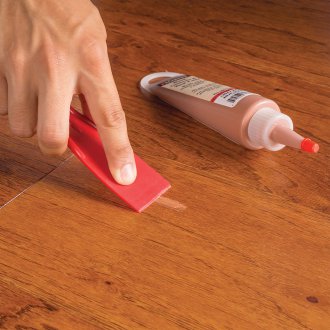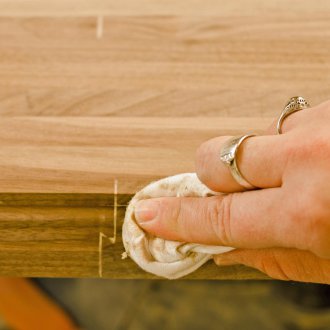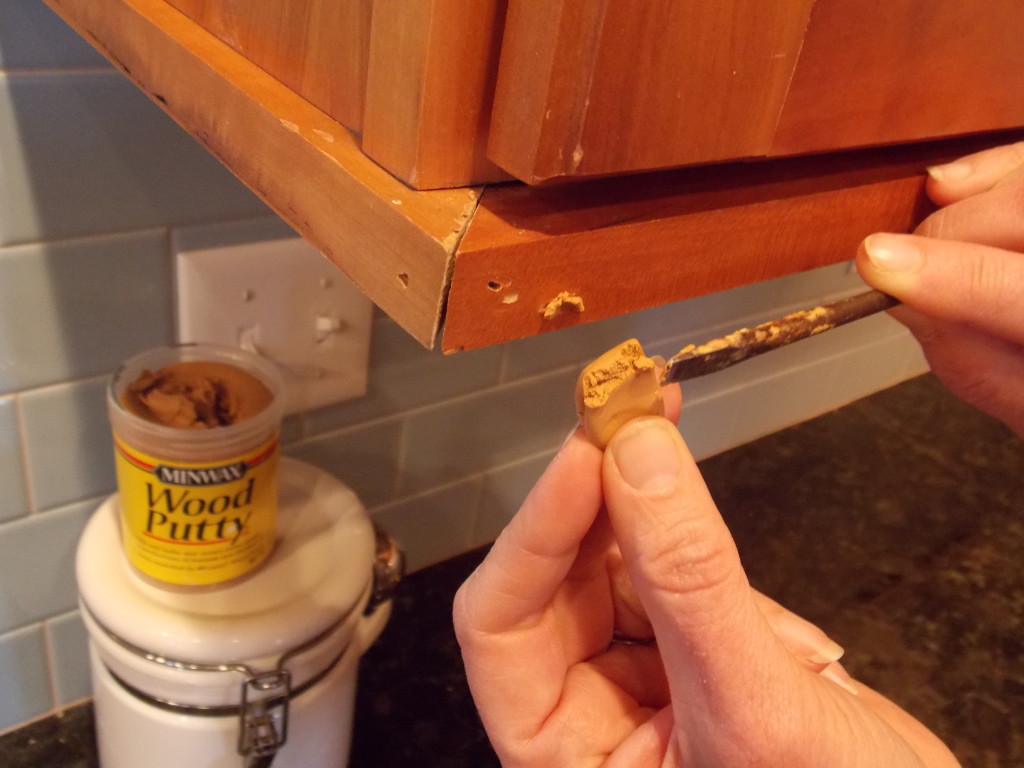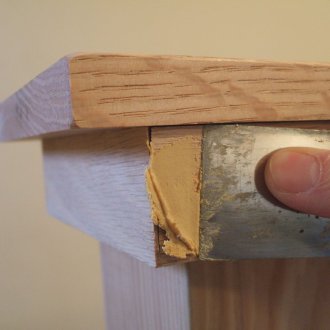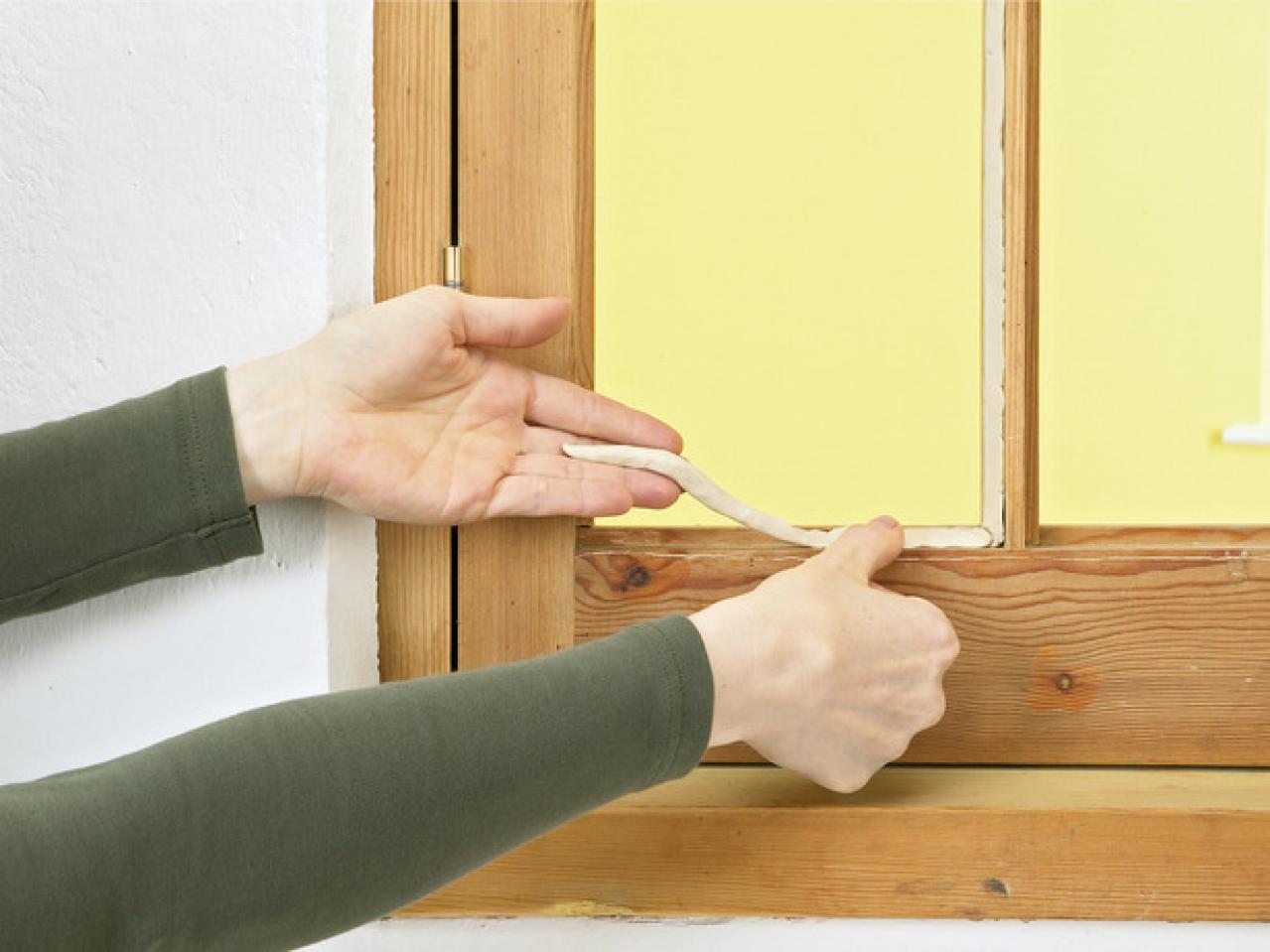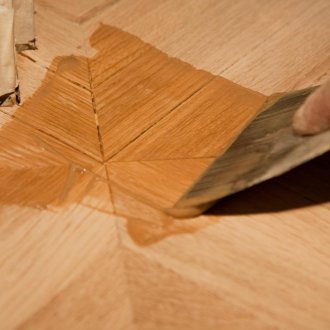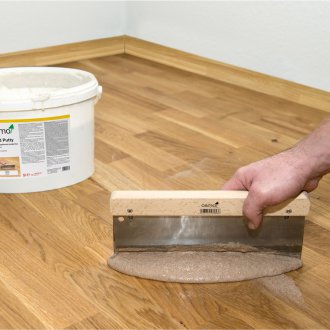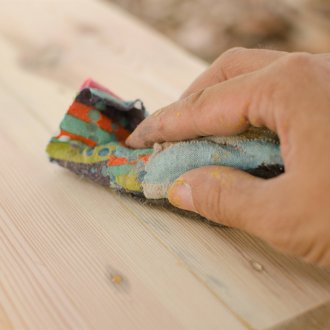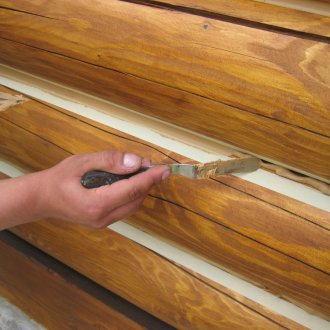Hard putty on wood: surface finish
Content
Wood products and constructions, outer material and lining as well as cement and plasterboard screeds need surface treatment. Putty on wood is necessary to give smoothness, leveling the top layer, as well as to hide the imperfections and roughnesses of the wooden base. Surface treatment for painting is a process consisting of many nuances, starting from preparing the material, ending with the choice of finishing putty, so before choosing a putty, it is important to study the maximum amount of information, assess the advantages and disadvantages of the types, methods and stages of work.
Putty: concepts and types
Putty is a building mixture, the main purpose of which is to level and smooth the upper layers for painting. The finished wooden product, before commissioning, needs all types of processing, due to the porous structure of the material. At the same time, under mechanical influence, after a certain service life, cracks and holes form on the surface, which also need to be treated, including waterproof putty. Depending on the surface and methods of applying putty, they are divided into several types.
On solvents
Such putties contain toxic and potent components, so today this processing method is practically never used. However, thanks to him, other safer and more modern types of putty were invented.
Water based
The main component of the composition is completely environmentally friendly, odorless and can be used for internal work. Putty is applied very simply, but dries for a long time. Due to its universal properties, such processing is suitable for eliminating defects on wooden surfaces and even grouting joints. The waterproof coating is resistant to temperature shocks.
Oil based
Putty on wood for outdoor work is made on an oil basis. This composition does not crack and does not collapse under the influence of climatic factors. Suitable for sealing external cracks and cracks. The advantage of such putty is that it is possible not to use paint for the final result. Variations of shades of oil putty will help to preserve the natural look of the tree: oak, ash, and also white and colorless.
Acrylic Composition
Acrylic putty on wood has been widely used in construction and repair sites. This finish is very popular for wet rooms, due to the presence of primers.
Thermo-moisture resistant putty is used in bathrooms and baths. Such extensive applications are possible due to the ability of the treated surface to repel moisture and withstand heavy loads. It is also the best polymer coating for wooden floors, including parquet.
Latex composition
Latex putty is no less famous than the above types.The binder component in the composition is latex, which has sufficient ductility and the ability to uniformly penetrate the surface layers of the tree. In addition, latex putty is a water-resistant mixture, which is well suited for processing and sealing joints in almost all indoor spaces, even in high humidity. Latex putty is classified as expensive, but the cost of such material is offset by a high-quality result.
The choice of putty: basic principles
Before buying processing materials, it is useful to know important points that will allow not only to choose high-quality putty, but also save money and time when working:
- Environmental friendliness. The composition of the mixture should be harmless, not to spread toxic effects and caustic odors. Before applying it is better to test the putty in a small area, especially with regard to the treatment of internal surfaces.
- High adhesion. The property of the material to connect to the surface. The better the hitch with putty, the smoother the treated layer will look. This property is best possessed by epoxy and latex putties.
- Plastic. Promotes easy distribution of the composition on the tree with a spatula, without requiring additional steps to align.
- Texture. The dry mixture should consist of small grains. The solution from it will turn out to be more uniform, and the treated surface will be smoother.
Using putty in the interior: preparing the tool, basic steps
Before carrying out puttying work, it is necessary to prepare the material, as well as have a suitable set of tools for applying and performing additional manipulations.
- Putty knife;
- Putty;
- Set of brushes;
- Paint;
- Cleanser
Of the additional materials, it is recommended to have sandpaper to pre-align and smooth the wood material.
Before applying the putty, you need to carefully examine the surface for cracks, bumps and seams. If such details are on the working surfaces, it is necessary to fill them with putty, then smooth the layer with sandpaper, and then process the material completely. Deep holes, joints on a wooden floor and parquet are covered with several layers of the mixture, 3-4 mm thick. If it is necessary to putty not a new, but a secondary product, first remove the colored paint base with the help of special solvents.
The uneven surface of the tree may have knots and other large hooks that must be removed with a gusset, and fill the depth of the cut with putty. For a better connection of the top coat and the putty, a primer is applied to the surface with identical basic components, for example, oil or acrylic.
Putty on wood for internal work is applied with a finish layer to the work surface only after all preparatory procedures.
- Dilute and stir the composition until smooth;
- Initial treatment of the seam, joints, cracks;
- Full drying of the surface after each applied layer;
- Repeat the putty procedure until reaching 1.5 cm layer.
Having done all of the above, the tree is primed and painted. To preserve the naturalness of the material, at the final stage they do not use paint, but choose latex or polymer putty. The composition of these mixtures allows you to achieve a color palette of different shades, you just need to read the label indicating most often the color of a tree, such as oak
Hard putty for wood for flooring
Flooring performs a large number of functions, ranging from aesthetic to strength, so the surface needs constant updating, including painting.
The advantages of using putty for floors are obvious: it makes the surface moisture resistant, protects against dampness and mold, eliminates external defects, necessary for filling cracks.
Puttying is recommended at room temperature not exceeding 25 ° C and humidity of about 50%. If cracks have formed in the parquet, they are sealed with waterproof putties, for example, based on oil or polymer components.
Do-it-yourself putty on wood
Home-made putty is a variant of the mixture that can really be made at home. The process is quite laborious, but if you are not afraid of a multicomponent composition, then it is quite possible to putty on wood with your own hands. Materials:
- Turpentine oil;
- Linseed oil;
- Ground pumice;
- Casein;
- Gelatin;
- Ammonia;
- Borax.
The oils are mixed with pumice and brought to a boil in a water bath, then the remaining components are added and the homemade mass is stirred until smooth. The question of how to make putty is one of the easy questions for an experienced joiner, but for a beginner there is nothing difficult. The use of such a home-made material should be instant, since its shelf life is short and the composition dries quickly.
Such a putty will be a good basis for painting small areas of internal rooms, for sealing minor damage to the surface, as well as for processing wood products. The best options for parquet and floors are acrylic and polymer compositions.
The place where the processing coating was applied needs to be carefully examined for uniformity of the layer, the absence of colored stripes and white blotches. The composition of home-made putties, as well as store putties, can vary depending on the base (PVA glue, varnishes, etc.), but the color palette will not be so diverse: the finished mass is most often white or neutral in color.
The main advantage of home-made putty is the price, so experienced craftsmen use DIY compounds for homework.
Putty is an important and necessary processing process, without which no home or factory production can do. Compositions and main components make it possible to find application in various fields: grouting and floor treatment - tasks of latex puttying, processing of window and door parts - epoxy puttying on wood, coating of external elements - an oil base is required.
